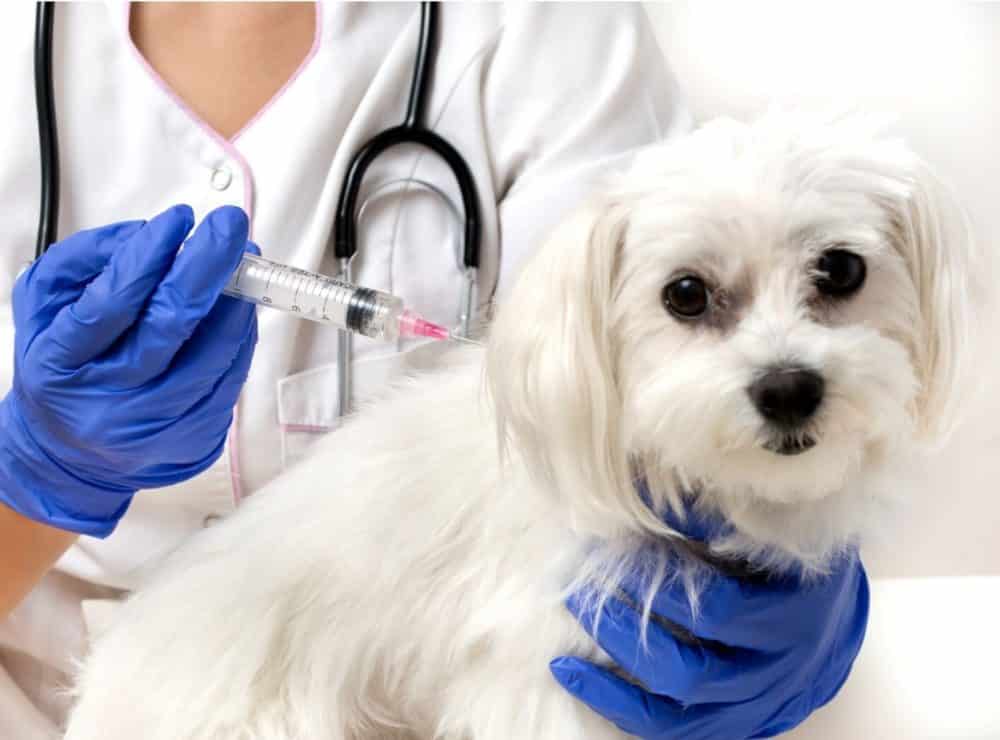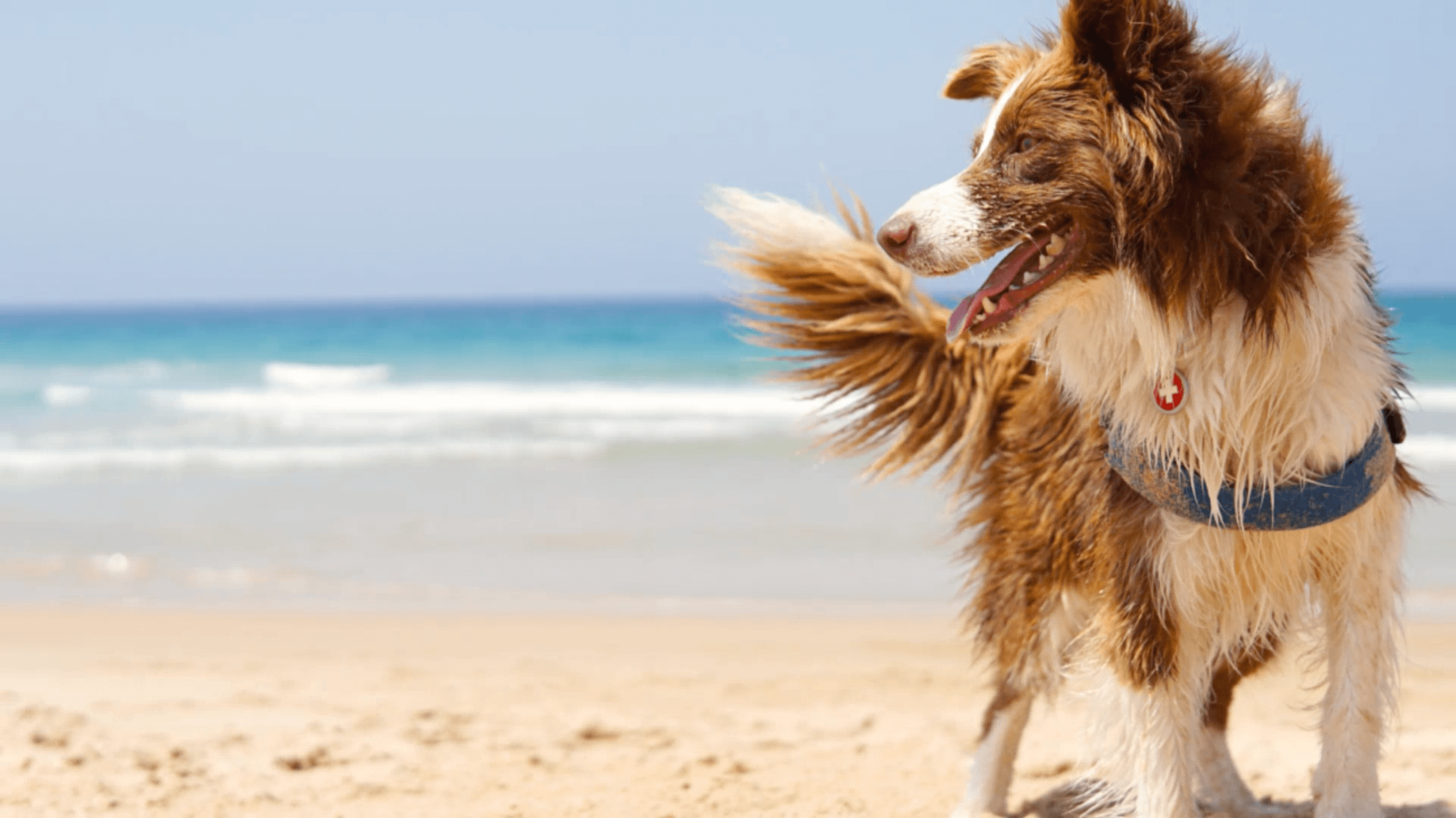Neutering and spaying are the surgical removals of the respective male dog’s testicles and female dog’s ovaries. These procedures are used to prevent dogs from reproducing.
Neutering: It is performed under general anesthesia, and it’s a simpler procedure than spaying. Testicles are removed from the scrotum of the male dog through a small incision.
Spaying: It is also performed under general anesthesia, but it’s a bit more complex than neutering. It consists of the surgical removal of the female dog’s uterus and both ovaries through an incision of the abdomen. It can also be performed through a laparoscopy.
What are the benefits of neutering and spaying?
Both surgical procedures have many benefits for dogs:
-
Prevent unplanned offspring: Thousands of puppies are abandoned yearly in shelters, and approximately 600,000 dogs are euthanized every year because shelters are too full and there aren’t enough homes for them. If you don’t want offspring, or don’t plan on keeping them, then neutering or spaying your dog is a way of preventing accidental breeding, and thus, thousands of future homeless dogs.
-
Change undesired behaviors: Castration can make a big difference in your dog’s behavior. Not only leg-lifting and mounting will disappear, but also anxiety, aggression, and behavioral problems are likely to reduce. Almost 60% of dogs are gentler after these procedures.
- Reduce health risks: Neutering and spaying can significantly reduce the risk of developing chronic diseases and other health issues. Besides, it makes them less likely to roam, and hence, escape. In female dogs, spaying can reduce the incidence of mammary tumors and uterus infections. On the other hand, in male dogs, neutering can prevent testicular tumors and prostate diseases.
At what age should a dog be neutered or spayed?
According to specialists, the best age to neuter or spay a dog is between 6 and 12 months. Depending on the size and health of your dog (if your dog is large, it’s recommended to wait a little longer), recommendations can vary. Some researches state that there may be more health benefits in castrating your male dog after puberty (it generally occurs between 7 and 10 months), and your female dog just before their first heat (which is hard to know when will it happen, but approximately at 12 months).
However, before making any hasty decision, always consult with your vet, who knows your dog’s medical record and will assess his particular situation.
Even though it’s preferable to do it when they are younger, and unless your vet advises against it, it’s never too late to neuter or spay a dog.
Taking care of your pup after castration
Take into account that both neutering and spaying are complex surgical procedures, so it’s normal if your dog doesn’t feel like him/herself after returning home.
Your dog’s attitude can suffer sharp changes like aggression, disorientation, drowsiness, and anxiety, but they won’t last more than a few hours. Between 24 to 48 hours after the surgery, your dog might regain full consciousness and start behaving normally.
- Make sure to provide your dog with a quiet place to rest, offer some light food (but don’t worry if he/she doesn’t eat), and lots of water.
- Restrict their movement and prevent them from running on the following days.
- Get a collar to prevent them from licking or hurting their wound, and stitches from coming off. Don’t let them scratch it.
- Never administer over-the-counter meds to your dog: human medicines can be fatal to them. If you want more info, you can read our blog about ibuprofen on dogs.
- If you notice any abnormal swelling or redness in the affected area, call your vet to make sure everything is fine.
















